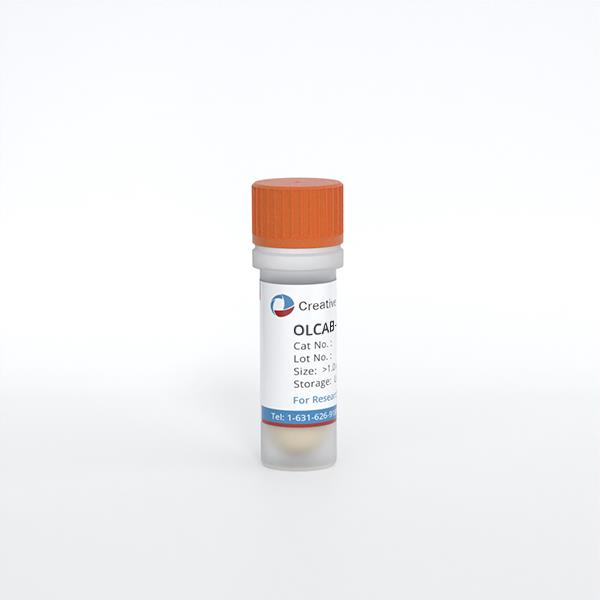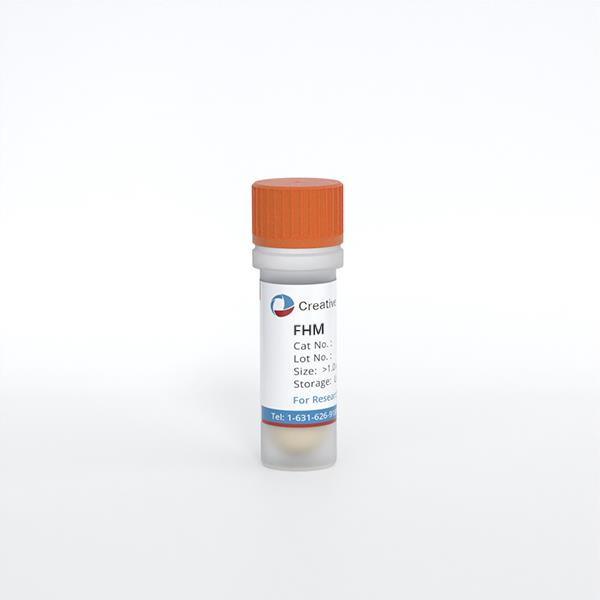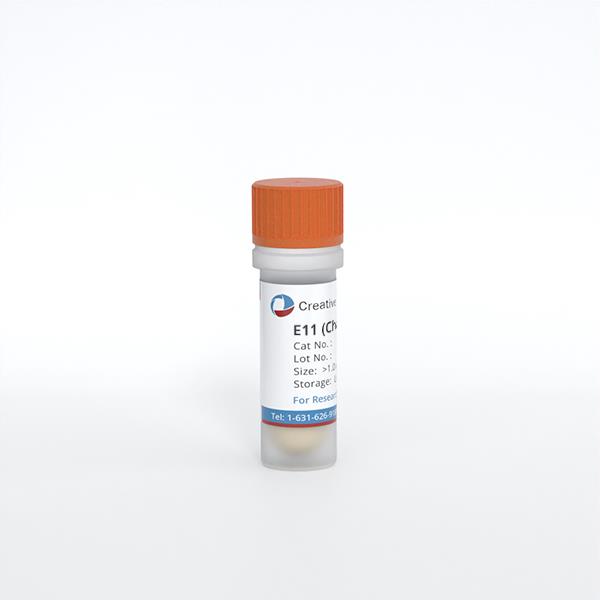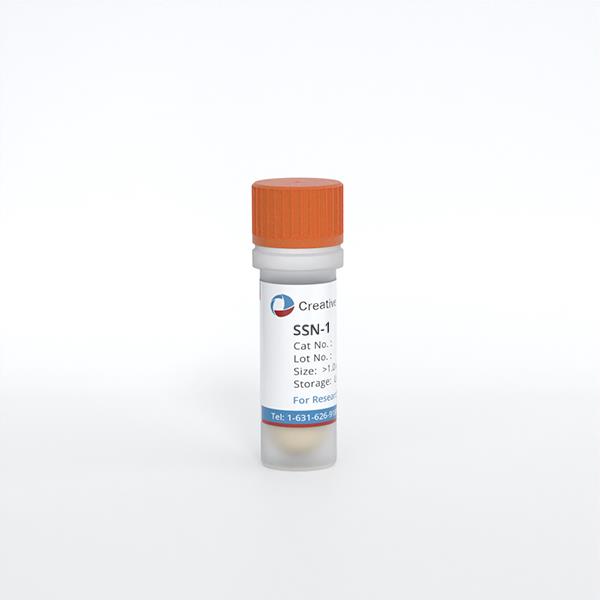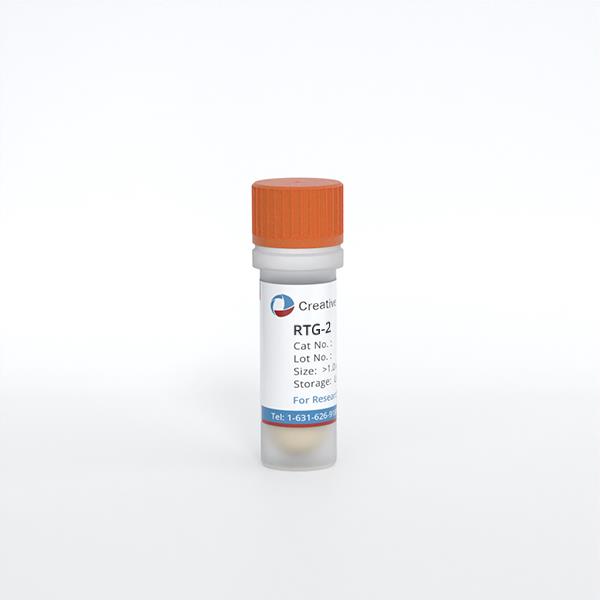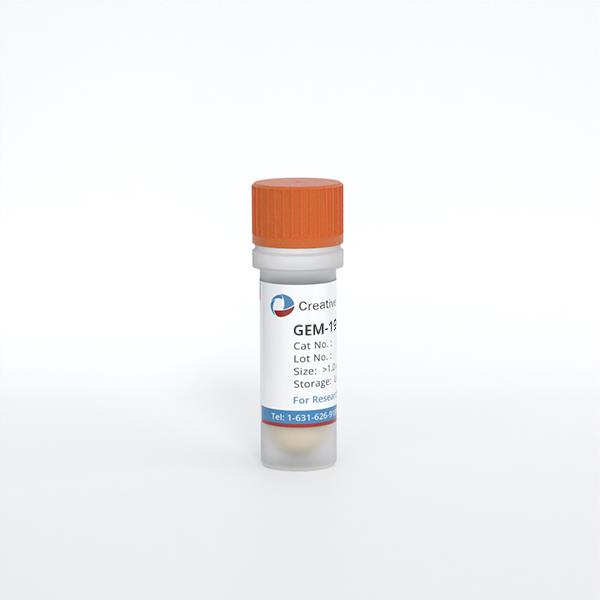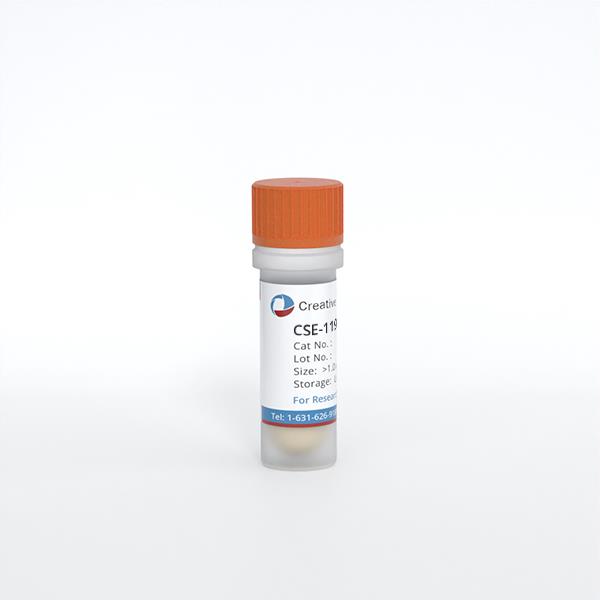
CSE-119
Cat.No.: CSC-C9048H
Species: Oncorhynchus kisutch (Coho salmon)
Source: Embryo
Morphology: Fibroblast
Culture Properties: Adherent
- Specification
- Q & A
- Customer Review
Cat.No.
CSC-C9048H
Description
The fish cell line CSE-119 was initiated in 1963 from pooled embryos of Coho salmon (Oncorynchus kisutch). CSE-119, also known as Coho salmon embryo-119, are susceptible to infectious pancreatic necrosis virus (IPNV) but show a lack of sensitivity to infection with viral haemorrhagic septicaemia virus (VHSV) or infectious haematopoietic necrosis virus (IHNV). This might be correlated to the natural resistance to infectious haemotopoietic necrosis in this species. For replication of salmonid viruses CSE-119 cells should be incubated at 18°C.
Species
Oncorhynchus kisutch (Coho salmon)
Source
Embryo
Culture Properties
Adherent
Morphology
Fibroblast
Karyotype
Diploid and modal no. 60
Storage and Shipping
liquid nitrogen vapor phase
Synonyms
CSE 119; Coho Salmon Embryo-119
Citation Guidance
If you use this products in your scientific publication, it should be cited in the publication as: Creative Bioarray cat no.
If your paper has been published, please click here
to submit the PubMed ID of your paper to get a coupon.
Ask a Question
Write your own review
- You May Also Need
Related Products
Featured Products
- Adipose Tissue-Derived Stem Cells
- Human Neurons
- Mouse Probe
- Whole Chromosome Painting Probes
- Hepatic Cells
- Renal Cells
- In Vitro ADME Kits
- Tissue Microarray
- Tissue Blocks
- Tissue Sections
- FFPE Cell Pellet
- Probe
- Centromere Probes
- Telomere Probes
- Satellite Enumeration Probes
- Subtelomere Specific Probes
- Bacterial Probes
- ISH/FISH Probes
- Exosome Isolation Kit
- Human Adult Stem Cells
- Mouse Stem Cells
- iPSCs
- Mouse Embryonic Stem Cells
- iPSC Differentiation Kits
- Mesenchymal Stem Cells
- Immortalized Human Cells
- Immortalized Murine Cells
- Cell Immortalization Kit
- Adipose Cells
- Cardiac Cells
- Dermal Cells
- Epidermal Cells
- Peripheral Blood Mononuclear Cells
- Umbilical Cord Cells
- Monkey Primary Cells
- Mouse Primary Cells
- Breast Tumor Cells
- Colorectal Tumor Cells
- Esophageal Tumor Cells
- Lung Tumor Cells
- Leukemia/Lymphoma/Myeloma Cells
- Ovarian Tumor Cells
- Pancreatic Tumor Cells
- Mouse Tumor Cells
Hot Products
